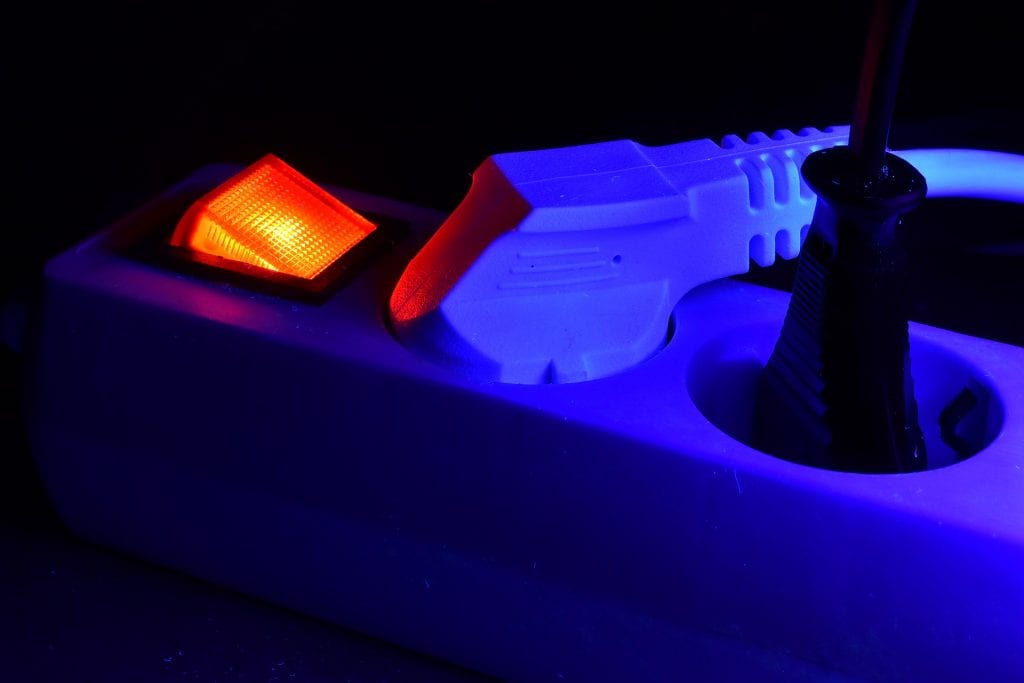I’m sorry, that title is one of the worst puns I have ever used, but I just couldn’t help myself.
This week I wanted to talk about electrical outlets, or receptacles.
I have decided to bravely serve as tour guide to the home. Each month I will dedicate one of my columns to illuminating some part of the house that most people might not know much about.
This week’s topic: The Receptacle
The lowly receptacle. It gets no respect. Movies blame it for the christmas tree exploding, or the cat smoking. It always seems to be on the wrong wall when you need it. But we are powerless without it. (See what I did there?)
Types of receptacles:
- Standard Most all of the receptacles you have should be the plain ol’ three-prong receptacle. The thing that makes this one great is that third round hole. WARNING: Your house might still only have the two slot ones, which means the power isn’t grounded to those outlets, which means a risk of bad things happening.
- GFI (Ground Fault) This is the boxy version of the outlet that is safer. All of the outlets in wet areas (kitchens, baths and outside…) should be GFI. It is more sensitive to current changes, and will shut off quickly to protect you from getting shocked.
- USB You don’t need some aftermarket USB charger any more, it can happen right in the outlet. Check out this bad boy on Amazon.
- Surge Protection We keep getting more and more sensitive technology and plugging it in. That means we really need to think about protecting it from damaging power surges. This outlet can help do that for your home theater or computer.
Tips:
- Cheating the ground If you are cursed with the two prong outlets, DON’T just replace the receptacle with a new one. This is really dangerous. However, if you install a GFI in its place, you will get the protection of a ground.
- Blow a breaker? If you lose power in an outlet, the obvious move is to push the GFI reset button or to check for a blown breaker. What if that doesn’t work? Try looking for a rogue GFI. Sometimes outlets will be connected to GFI’s that are located in other parts of the house that makes it hard to figure out.
- Spacing If you are putting new outlets in a room, the best practice is one on each wall, and one within reach of a 6’ cord from anywhere along the wall. On a backsplash, that spacing is every 3’.
- Unplug You may not realize this, but most appliances consume electricity any time they are plugged in. Make a habit of unplugging whatever you can when not in use to save energy, but also to prevent other hazards.

